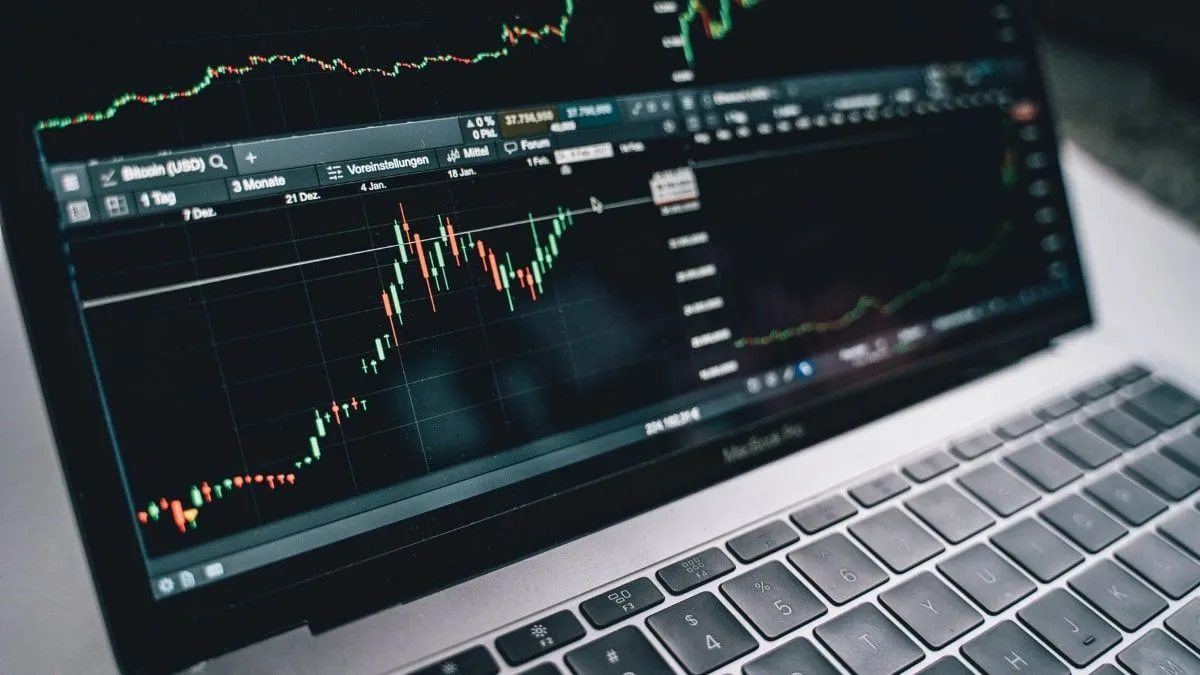Tuesday Feb 13 2024 09:12

9 min

Traders and investors are constantly searching for reliable indicators to help them make informed decisions about buying or selling securities. One such powerful indicator is the Coppock Curve. In this article, we will explore the intricacies of the Coppock Curve and explore its potential as a game-changer in long-term price momentum analysis.
The Coppock Curve is named after its creator, Edwin "Sedge" Coppock, an economist who developed the indicator in the 1960s. Coppock was a firm believer in the idea that long-term price momentum could provide valuable information about the health of the stock market.
He aimed to create an indicator that would filter out short-term noise and focus on long-term trends. After years of research and testing, Coppock unveiled the Coppock Curve, which quickly gained popularity among technical analysts.

The Coppock Curve is a momentum indicator based on the concept of rate of change (ROC).
It is calculated by summing the rate of change of two different moving averages - typically a long-term and a short-term moving average - and smoothing the result with a weighted moving average. The resulting curve oscillates above and below the zero line, indicating bullish or bearish market conditions.
Understanding the signals generated by the Coppock Curve is crucial for effectively utilising this indicator in technical analysis. When the Coppock Curve crosses above the zero line, it generates a buy signal, indicating that a bullish trend may be emerging.
Conversely, when the curve crosses below the zero line, it generates a sell signal, suggesting a bearish trend might be on the horizon. Traders often wait for confirmation from other technical indicators before acting on the signals generated by the Coppock Curve.

The Coppock Curve offers several advantages that make it a game-changer in long-term price momentum analysis. Firstly, it helps filter out short-term market noise, allowing traders to focus on long-term trends.
This feature is particularly useful for investors who prefer a more patient and strategic approach to trading.
Additionally, the Coppock Curve has a proven track record of accurately identifying major market bottoms, providing traders with valuable buying opportunities.
While the Coppock Curve has its strengths, it also has certain limitations that traders should be aware of. One limitation is that the indicator tends to generate late signals during choppy or sideways markets, potentially resulting in missed opportunities or false signals.
Moreover, the Coppock Curve is primarily designed for long-term analysis and may not be as effective for short-term trading strategies. Traders should consider using additional indicators or confirming signals from other technical tools before making trading decisions based solely on the Coppock Curve.
Over the years, the Coppock Curve has demonstrated its effectiveness in various market conditions.
For example, during the global financial crisis of 2008, the Coppock Curve accurately signalled the market bottom, providing traders with an opportunity to enter the market at attractive prices.
Similarly, during the dot-com bubble burst in the early 2000s, the Coppock Curve's sell signal helped investors avoid significant losses. These examples highlight the potential of the Coppock Curve as a reliable indicator in long-term price momentum analysis.
Calculating and plotting the Coppock Curve may seem complex at first glance, but with the right tools and resources, it can be relatively straightforward.
The formula for the Coppock Curve is as follows:
The Coppock Curve formula can be expressed as:
Coppock Curve=10-period WMA of (14-month ROC+11-month ROC)
Here's a step-by-step breakdown:
ROC=(Current Index Value/Index Value from n periods ago−1)×100
Combining the Coppock Curve With Other Technical Indicators
While the Coppock Curve can be a powerful tool on its own, combining it with other technical indicators can enhance its effectiveness. Traders often use the Coppock Curve in conjunction with trend-following indicators, such as moving averages or trendlines, to confirm signals and strengthen their trading decisions.
Additionally, incorporating volume analysis or oscillators, such as the Relative Strength Index (RSI) or the Moving Average Convergence Divergence (MACD), can provide further confirmation of market trends and increase the accuracy of trading signals.
Traders have developed various trading strategies based on the Coppock Curve to capitalise on its signals. One popular strategy is the trend reversal strategy, where traders wait for the Coppock Curve to cross above or below the zero line, indicating a potential trend reversal.
Another strategy is the divergence strategy, where traders look for divergences between the Coppock Curve and the price of the security, which can signal a potential change in trend direction. These are just a few examples of the trading strategies that traders have developed using the Coppock Curve.
To effectively use the Coppock Curve in your trading analysis, it is essential to have access to the right resources and tools. Several charting platforms, such as TradingView and MetaTrader, offer the ability to plot the Coppock Curve and customise its parameters.
Additionally, there are numerous books and online resources available that provide in-depth explanations of the Coppock Curve and its applications. By utilising these resources and tools, traders can enhance their understanding and maximise the potential of the Coppock Curve in their trading strategies.
The Coppock Curve is undoubtedly a game-changer in long-term price momentum analysis. By filtering out short-term noise and focusing on long-term trends, this indicator offers valuable insights into the overall direction of the market.
While it has its limitations, the Coppock Curve has a proven track record of accurately identifying major market bottoms and providing traders with profitable trading opportunities.
By understanding the intricacies of the Coppock Curve and incorporating it into a comprehensive trading strategy, traders can harness the power of this indicator and improve their chances of success in the market.
Discover the benefits of trading with markets.com.
“When considering “CFDs” for trading and price predictions, remember that trading CFDs involves a significant risk and could result in capital loss. Past performance is not indicative of any future results. This information is provided for informative purposes only and should not be considered investment advice.”